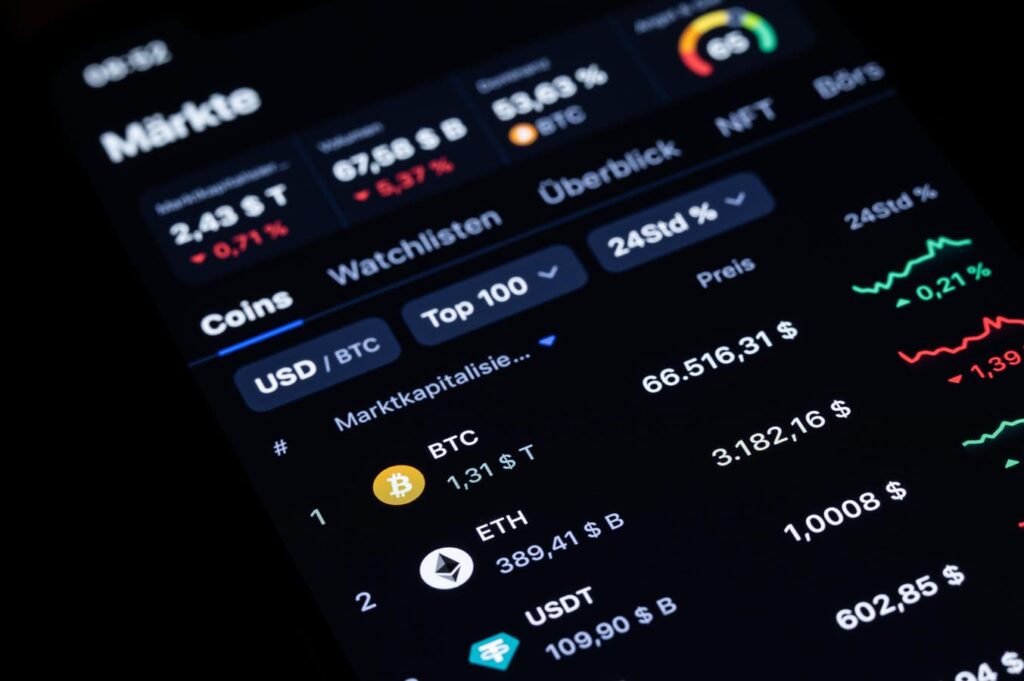When the United States Senate advanced the Guiding and Establishing National Innovation for U.S. Stablecoins (GENIUS) Act on 20 May, Capitol Hill finally acknowledged that privately issued dollar tokens have grown too large to ignore. Earlier, in July 2024, the Monetary Authority of Singapore (MAS) expanded its four‑year‑old Project Guardian pilot, inviting DBS, HSBC and Standard Chartered to issue on‑chain versions of customer deposits for foreign‑exchange and repo trades. Two jurisdictions, two approaches—but the same strategic question: who will own the plumbing of programmable money?
Defining Stablecoins and Tokenized Deposits
Traditional deposits and fiat‑backed stablecoins both promise 24/7 settlement, atomic delivery‑versus‑payment and smart‑contract programmability. Yet their design philosophies differ. Tokenized deposits wrap an existing commercial‑bank liability in a cryptographic shell; the token inherits deposit insurance, Basel capital and lender‑of‑last‑resort support. Stablecoins, by contrast, are obligations of a non‑bank issuer, circulate on public chains and are secured by segregated reserves—usually short‑dated Treasuries. Regulators prefer the first model for its guard‑rails, while markets have so far favoured the latter for its unrestricted liquidity.
The Players
That tension already shows in hard numbers. J.P. Morgan’s Kinexys (formerly JPM Coin) crossed US $1.5 trillion in cumulative value this spring after settling a tokenized Treasury ETF against a deposit token on a public test‑net. Citi’s Regulated Liability Network lets treasurers sweep cash across borders without SWIFT hops. Meanwhile, Tether’s USDT surged past US $150 billion in market cap, Circle launched a nine‑chain Circle Payments Network, and PayPal’s PYUSD landed a Coinbase listing. Stablecoin rails are now too liquid for treasurers to dismiss.
Regulation is shaping the chessboard. In Washington, the GENIUS Act would force issuers to hold segregated Treasuries and operate bankruptcy-remote trusts—a half‑step toward the banking tent without deposit insurance. Europe’s MiCA caps daily turnover unless a coin issuer becomes an e-money institution, while MAS talks of a three-pillar world: retail CBDC, regulated stablecoins, and tokenized deposits. The Bank for International Settlements has convened seven central banks and 41 financial institutions for Project Agorá, aiming to stitch tokenized deposits and wholesale CBDC together on a “unified ledger.”
Economics matters as much as rules. Stablecoin issuers keep the spread between T‑bill yields and the zero interest they pay holders—Tether booked more than US $5 billion in profit during the first half of 2024. Banks monetise deposit tokens by selling compliance certainty and embedding programmable workflows that off-the-shelf stablecoins still lack. Corporate treasurers are already splitting their stakes: deposit tokens for intra‑bank liquidity; stablecoins for Saturday‑night invoices in Buenos Aires.
In the wild
Real‑world proofs of concept are multiplying. Under Project Guardian, MAS is exploring smart contracts that bundle both legs of an SGD‑USD swap so settlement is instantaneous and counter-party risk diminishes. Kinexys now supports conditional logic, release payment when IoT sensors confirm delivery, while Circle’s new network lets a multinational pay suppliers on Solana, collect receipts on Stellar and sweep surplus to a regulated custodian in New York. Trade‑finance platforms are testing tokenized deposits as real‑time collateral for letters‑of‑credit, and fintech remitters in Nigeria already settle payroll flows in USDC because correspondent wires arrive days late or get de‑risked.
Yet technology cannot outrun risk. Tokenized deposits could fragment if every bank launches on a different private chain with bespoke standards. Stablecoins still face run dynamics: USDC briefly de‑pegged during the 2023 Silicon Valley Bank panic, and the SEC hints large coins might be unregistered money‑market funds. Both camps have capital questions too. If Basel weights tokenized liabilities more heavily, issuance could stall; if Treasury yields fall, the stablecoin profit machine shrinks.
The Future
What happens next? BIS expects limited‑scale Agorá pilots by early 2026; J.P. Morgan plans to open Kinexys to third‑party banks later this year; Circle is lobbying U.S. regulators to let federally chartered banks hold USDC as cash equivalents. The race is now about reach: can banks persuade treasurers that compliant tokens will be just as liquid as public‑chain dollars before stablecoins burrow deeper into corporate workflows?
The prize is enormous: McKinsey puts annual cross‑border friction at US $120 billion. Trim even a third and the savings rival the revenue of a top‑ten global bank. No wonder both sides are spending heavily on standards bodies, custody integrations and developer toolkits.
This isn’t VHS versus Betamax, with one format wiping out the other. It is more like Wi‑Fi and Ethernet—competing, interoperable, increasingly invisible to end‑users, and governed by evolving standards rather than a single victor. Whether banks or fintech issuers capture the lion’s share will depend on who can scale liquidity, satisfy regulators and embed programmable dollars into everyday commerce first. The quiet war for the money pipes is already under way, and while consumers may never see the plumbing, the savings, or losses, will flow straight through corporate balance‑sheets.
Read the full article here










